You’ve probably heard of Goodreads.
Maybe you even use it to track your yearly reading goal—or to spy on what your bookish friends are reading (no judgment).
But here’s the thing: if you’re an author, Goodreads is way more than just a virtual bookshelf. It’s one of the few places online where readers actively talk about books.
Rate them. Review them. Obsess over them. It’s a reader-driven space—and that makes it incredibly powerful for writers.
In this post, we’ll look at how you, as an author, can actually use Goodreads to connect with readers, boost your book’s visibility, and build long-term trust without sounding salesy or awkward. Think of it as showing up to the right party with your name on the guest list.
Table of contents:
- What is Goodreads, really?
- Inside Goodreads: A Closer Look at the Platform’s Structure
- Specific Goodreads Marketing Tips for Authors
- Who Might Goodreads Not Be Ideal For?
- Summary
What is Goodreads, really?
Launched in 2007 and acquired by Amazon in 2013, Goodreads is the world’s largest social network for readers.
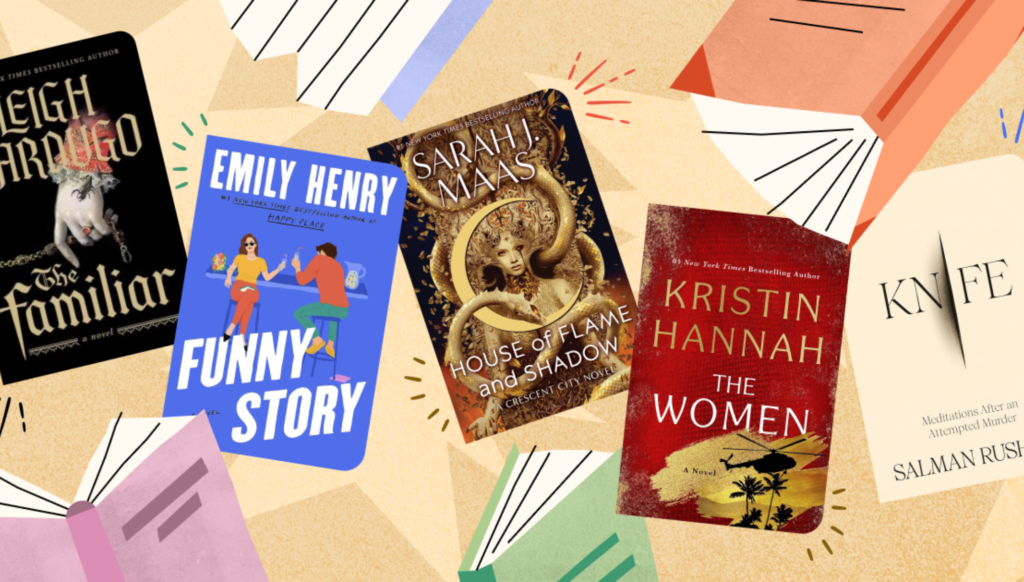
With over 120 million members (and counting), it’s where book lovers go to track what they’re reading, review books, share recommendations, and join communities around their favorite genres and authors.
But Goodreads isn’t just for readers — it’s also a powerful (and often overlooked) platform for authors.
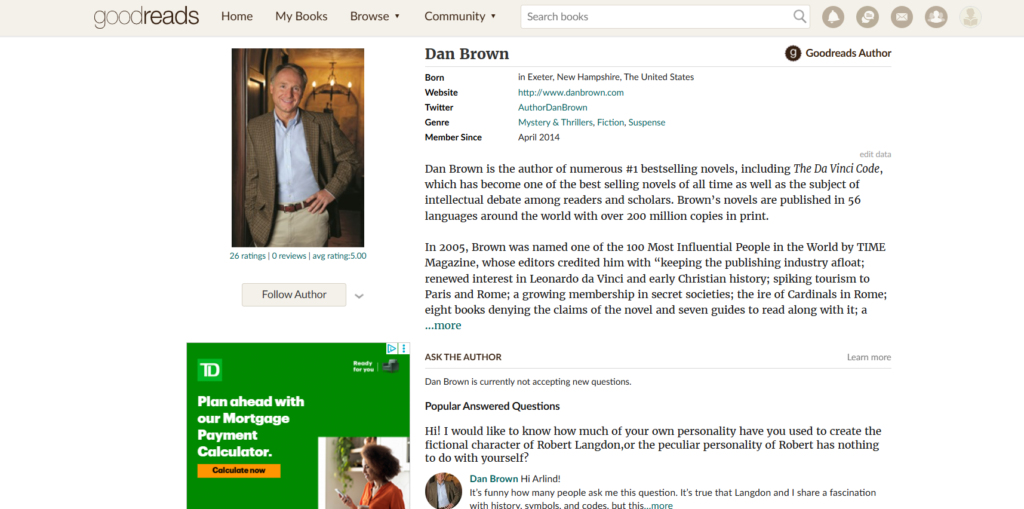
Whether you’re traditionally published or self-published, Goodreads gives you a direct line to readers who are actively searching for their next favorite book. Authors can claim a profile, host giveaways, interact with fans, and get their book added to thousands of “Want to Read” lists.
Here’s the beauty of it:
On social media, people scroll. On Goodreads, people search — for books. That means your presence here can influence actual buying decisions.

Inside Goodreads: A Closer Look at the Platform’s Structure
Goodreads is far more than a digital bookshelf — it’s a robust social platform built around the shared experience of reading.
At its core, it brings together millions of users through tools designed to organize, discuss, and discover books.

The foundation of Goodreads lies in its shelving system.
Each user is given a default set of shelves — “Read,” “Currently Reading,” and “Want to Read” — which function as personal libraries.
However, users frequently create custom shelves that reflect more specific themes or moods, such as “historical fiction with strong female leads” or “books that made me cry.” These shelves do more than organize reading lists — they signal interest to others and help books circulate socially across the platform.
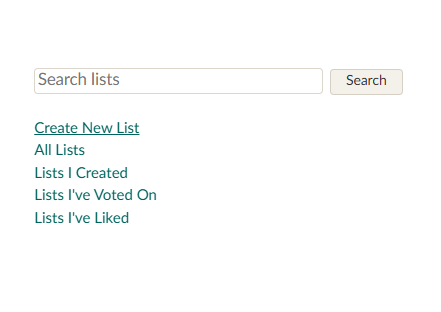
When a user adds a book to a shelf, it appears in their activity feed, which can spark discovery through friend networks and shared recommendations. For authors, this dynamic offers organic exposure in a space already primed for literary engagement.
Integral to Goodreads’ function is its review and rating system.
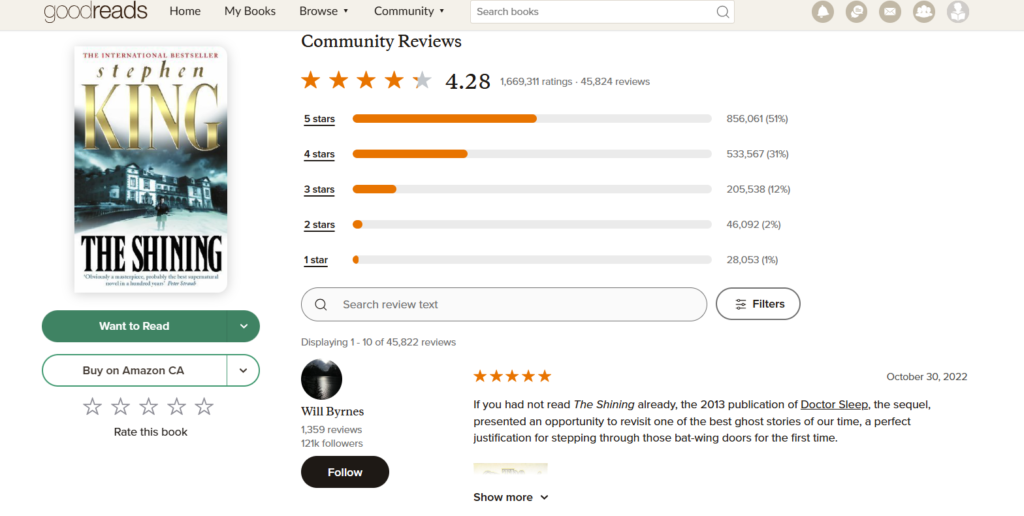
Every book can be evaluated by readers, using a five-star scale ⭐⭐⭐⭐⭐ alongside optional written reviews. While this aspect of the platform can be intimidating — especially for new or independent authors — it also serves as one of the most powerful forms of social proof in the book world.
Reviews are authentic, reader-generated, and often written with passion. They not only influence how potential readers perceive a title but also affect a book’s visibility in Goodreads’ search and recommendation algorithms. A well-reviewed book with consistent reader activity is more likely to be suggested to others or highlighted on user dashboards.
For authors, the official Goodreads Author Profile is a vital part of the platform’s structure. Once claimed, it becomes a professional hub where writers can add a biography, list their published works, link a blog, and share updates.
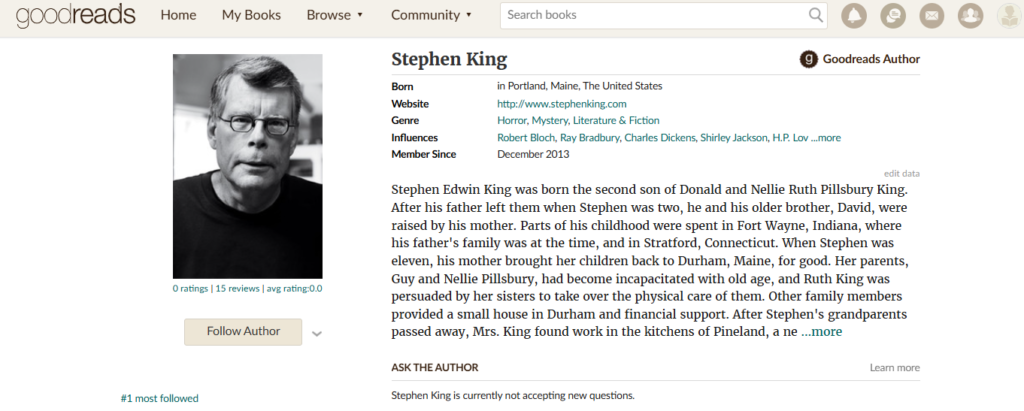
The profile also allows authors to engage with readers directly — whether by answering questions, posting notes, or participating in discussions.
This space isn’t just about visibility; it’s about connection and credibility. Readers are more likely to invest in books — and talk about them — when they feel there’s a genuine voice behind the words.
Beyond these main components, Goodreads hosts a vibrant network of reading communities, list-based discovery features like Listopia, and an annual reading challenge that encourages users to stay engaged year-round.
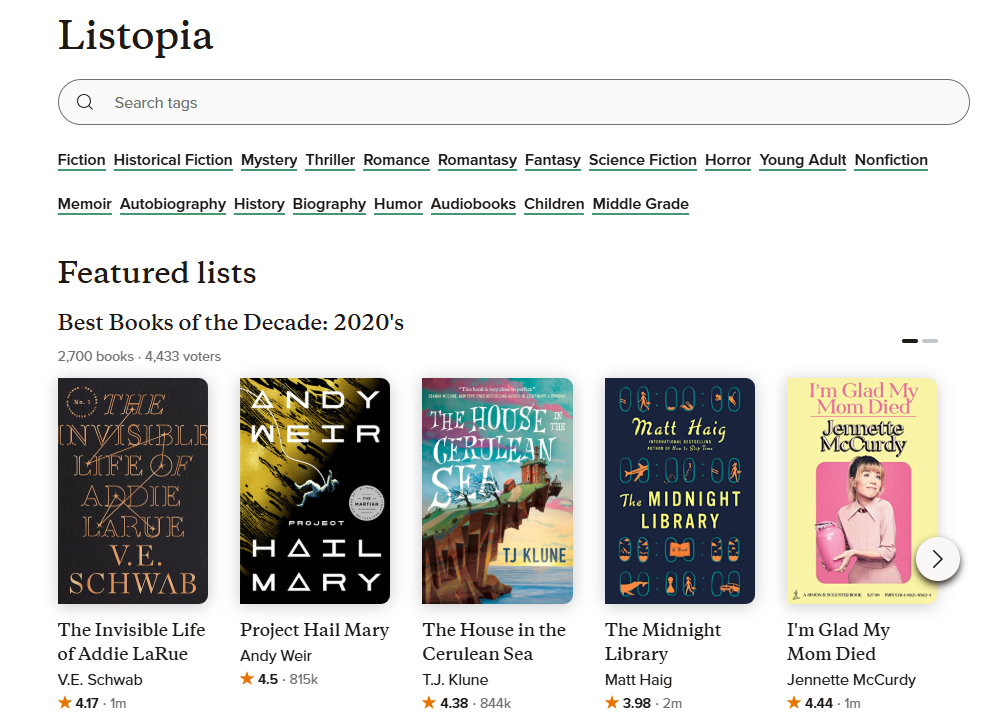
It also offers promotional tools, including giveaways, that help authors generate early interest and reviews, particularly around launch windows.
Together, these elements create a uniquely book-centric environment where discovery is driven not by ads or trends, but by shared enthusiasm and trusted recommendations.
Specific Goodreads Marketing Tips for Authors
Imagine you’ve just published a dark fantasy novel and want to use Goodreads to build buzz and genuine reader engagement.

Here’s exactly how you can do it step-by-step, with unique tactics that go beyond basic profile setup or giveaways.
Create a Themed Shelf That Invites Discovery
Instead of just relying on your book’s default shelves, create a custom shelf called “Dark Fantasy with Psychological Depth” and add not only your book but 10–15 other well-known titles in that niche.
This makes your profile a mini-curated library that attracts fans of that sub-genre.
Then, in your author bio or blog posts, mention this shelf and invite readers to explore it.
When readers add your shelf to their “Want to Read” or “Favorite Shelves,” your book gains indirect exposure alongside popular titles.
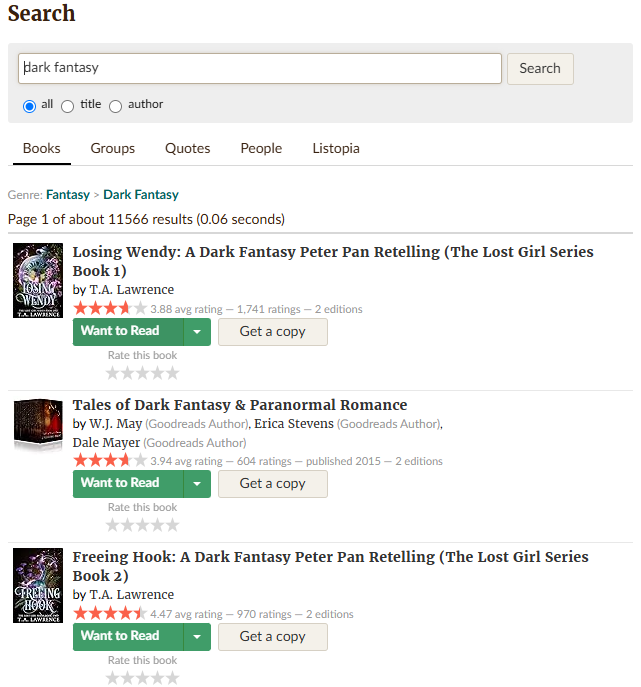
Leverage the “Ask the Author” Feature With a Specific Prompt
Instead of waiting passively for questions, post a pinned question like: “What’s the darkest secret behind the magic system in my book? Ask me anything about world-building!”
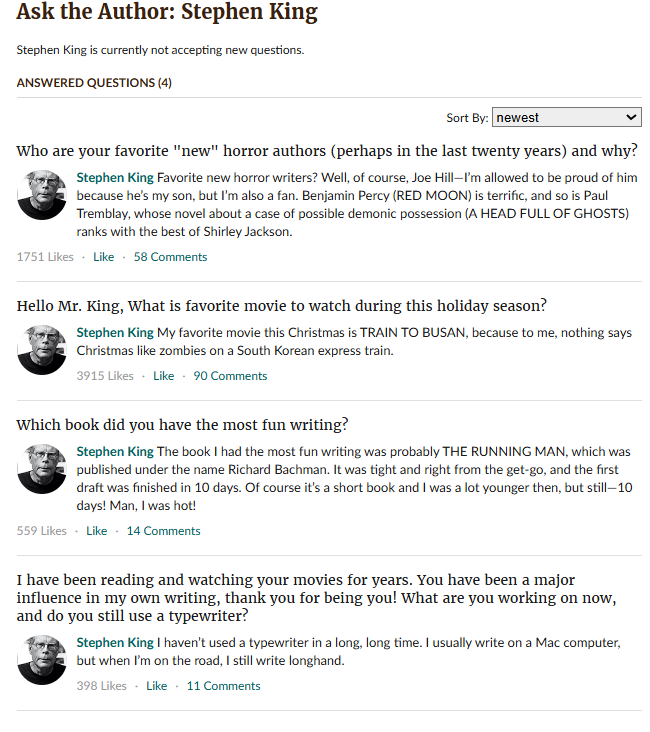
This not only invites engagement but also encourages detailed, meaningful conversations that showcase your expertise and passion, making readers feel personally connected.
Identify and Quietly Connect with Top Genre Reviewers
Search Goodreads for reviewers who consistently rate and review dark fantasy titles with 4–5 stars.
Follow them, engage by liking their reviews or commenting thoughtfully on their book lists, and after a few weeks, reach out with a personalized message offering a free copy of your book for an honest review.
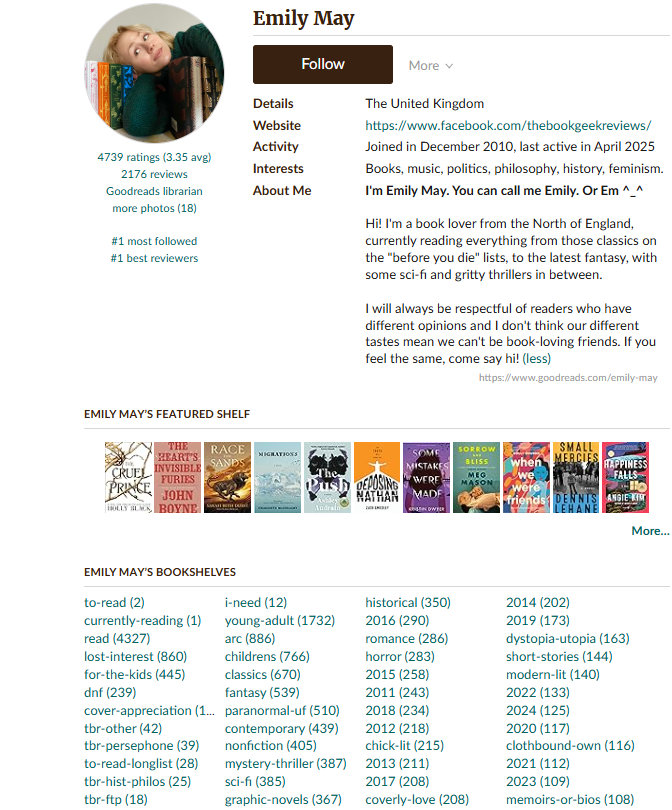
The key is to personalize: mention a review of theirs you liked and why your book would appeal to their taste. This targeted outreach feels genuine and often yields better reviews and visibility.
Use Giveaways Strategically as a Lead-In to Your Launch
Run a giveaway 2–3 weeks before your official release date.
But don’t just give away copies — use the giveaway as a way to invite readers to join your newsletter or follow your social media for exclusive launch updates.
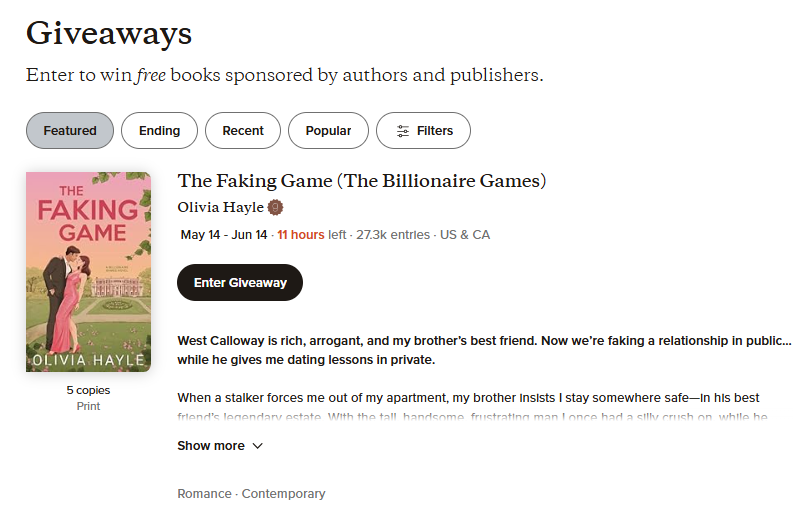
You can mention this in the giveaway description and follow up with a Goodreads update thanking participants and directing them to your newsletter sign-up link.
This builds a direct relationship beyond Goodreads.
Engage Actively in Relevant Groups With Value-Added Content
Join active Goodreads groups focused on dark fantasy or indie authorship.
Instead of self-promotion, contribute by starting discussions like “What’s your favorite morally ambiguous character in dark fantasy?” or share behind-the-scenes stories about your writing process or research.
Regular, authentic participation builds trust and name recognition among engaged readers who are most likely to spread the word about your book.
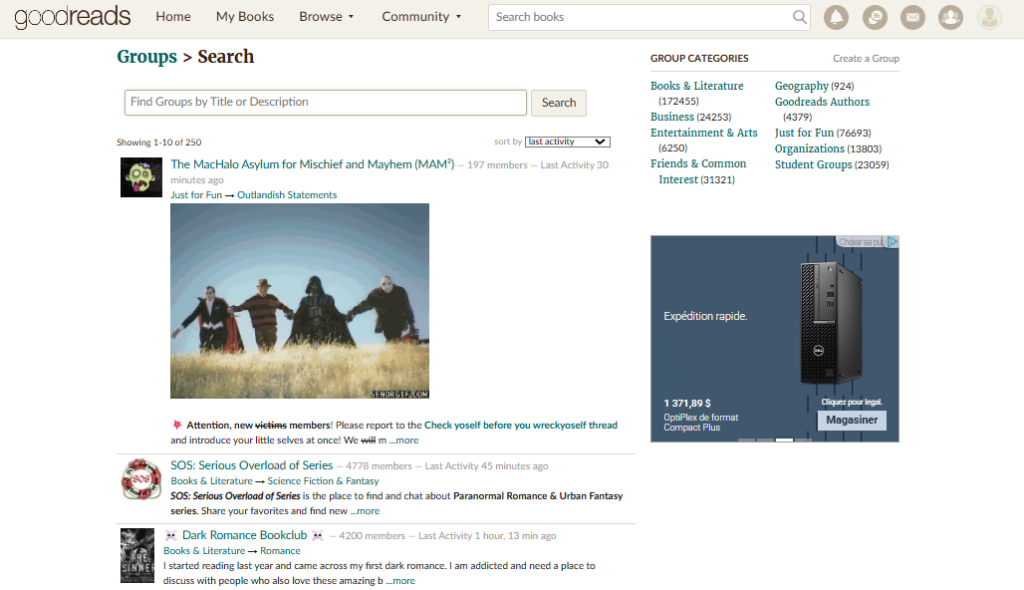
Monitor Listopia and Vote Early and Often
Find popular Listopia lists related to your genre and vote for books similar to yours.
This increases your visibility among readers browsing those lists. Consider creating your own niche list, e.g., “Best Dark Fantasy Debut Novels,” and share it on your author profile and social channels.
This positions you as a tastemaker and draws readers interested in your sub-genre to your profile.
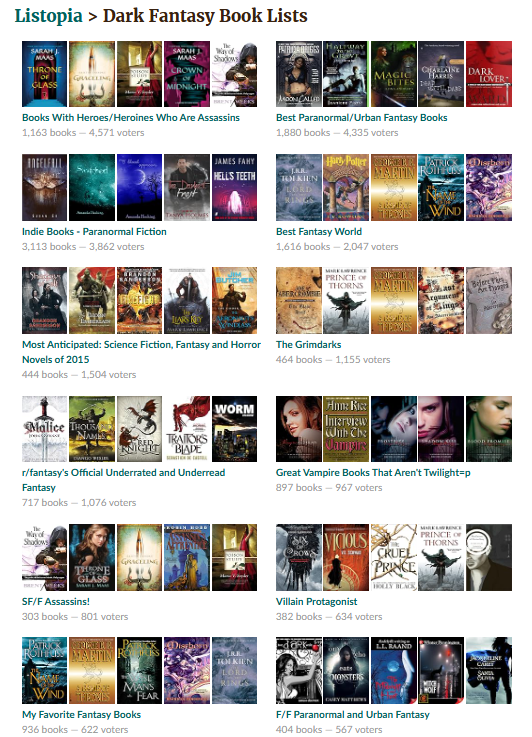
Respond Personally to Thoughtful Reviews
When readers leave detailed reviews—positive or constructive—reply with a sincere, personal message.
For example: “Thank you for your thoughtful review! I’m glad you connected with the protagonist’s struggles; that was exactly what I hoped to convey.”
This humanizes your author brand and encourages repeat engagement from loyal readers.
Who Might Goodreads Not Be Ideal For?
Goodreads is undoubtedly a powerful platform for connecting with engaged readers and building long-term relationships within the literary community.
However, it is not a one-size-fits-all tool, and certain authors or types of publications may find it less effective depending on their goals and audience.

Firstly, Goodreads primarily attracts readers interested in fiction and general non-fiction genres, especially those who enjoy exploring books through social interaction — reviews, ratings, and community discussions.
Authors whose work falls into highly specialized, academic, or technical categories (such as textbooks, scholarly publications, niche professional manuals, or scientific papers) often find the platform less beneficial. The readership for these genres on Goodreads is relatively small and less active, resulting in limited organic engagement and visibility.
Secondly, since the majority of Goodreads users are English-speaking or at least comfortable with English-language content, authors writing primarily for non-English-speaking markets or in less globally dominant languages might struggle to gain traction.

The platform’s international reach is growing but still predominantly favors English-language books, which may restrict audience size for authors publishing in other languages or targeting local markets.
Thirdly, Goodreads is a platform that rewards consistent, authentic community engagement over time.
Authors looking for quick, transactional sales spikes or immediate returns on investment may find Goodreads’ slow-burn nature frustrating. It requires patience, regular participation, and meaningful interaction with readers to build trust and advocacy.
For authors or publishers whose marketing strategy depends heavily on paid advertising or rapid promotional bursts, Goodreads should be viewed as a complementary channel rather than a standalone sales driver.
Finally, Goodreads demands active involvement from authors to maximize its potential. Simply having a profile and listing a book is insufficient. Success on the platform depends on engaging with readers—responding to reviews, participating in groups, answering questions, and maintaining an updated author presence.
Summary
Goodreads is one of the world’s largest social platforms for readers and authors, connecting millions of people who discover new books, leave reviews, and discuss their favorite reads. For authors, it offers a unique opportunity not just to promote books, but to build a genuine community of engaged readers who will support you over the long term.
The platform helps increase book visibility through organic recommendations, curated lists, meaningful interactions with reviewers, and participation in reader groups.
The key to success on Goodreads is authentic engagement, consistent activity, and creating value for readers rather than just advertising.
What’s truly inspiring about Goodreads is that it’s not about quick sales but about building lasting relationships with your audience.
When you share your story, answer questions, and maintain open dialogue, you turn casual readers into loyal fans who recommend your work to others.
Remember to be authentic, create interesting themed bookshelves, leverage the platform’s communication tools, and don’t be afraid to experiment. Goodreads is a space for creativity and growth, where every author has the chance to find and nurture their audience.

